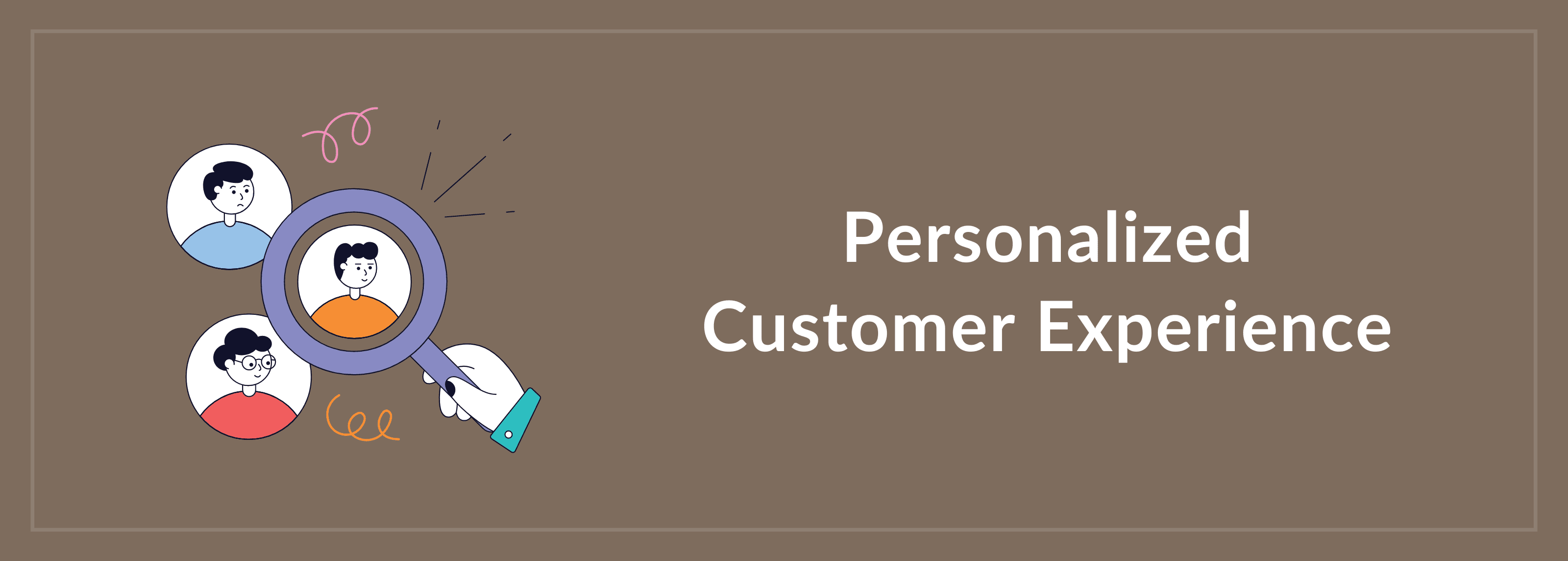How Do You Personalize Your Customer Experiences?
I visit a supermarket near my house regularly for my grocery needs. When I reached the billing counter, the person would ask me for my mobile number before starting to bill the items. All along, I thought that they would use this mobile number to provide me with personalized options or offer me loyalty discounts.
None of this ever happened. The supermarket wasn’t structured to offer any personalization. Nowadays, when I go there, and when they ask me for my number during the billing, I flatly refuse them.
I don’t want to be a part of their data fodder. My visits to the supermarket have also come down considerably, as I don’t find the experience welcoming anymore.
This is not personalization.
Let me give you another example. I am fond of gifting people wristwatches for special occasions. So I visit a multi-brand watch store regularly. Every time I go there, I peek into the sections that stack Tissot, Omega, Rolex, Breitling, Raymond Weil, etc., but I seldom buy any of them for gifting. My peeking into those sections doesn’t make me a buyer of those brands.
However, after I leave the shop, I keep getting mailers from the store around these high-value brands that I peeked into, and not the brands that I ended up buying.
This, again, is not personalization.
What Exactly Is Personalization?
Personalization is all about offering products, services, and interactions to meet your customers’ individual and unique requirements. According to Accenture, 33% of customers have ended their relationship with a business due to a lack of personalization.
How Do You Go About Offering Personalized Customer Experiences?
There are multiple ways by which this can be done – depending on the environment and the customer journey stage. To make it simple, I will talk about a particular customer journey.
Customer Journey
Your customer visits your website, and you have no clue about the customer.
Now, the customer goes to your website’s men’s fashion section and goes through all the hoodies. Now, you have some information about the customer – he is interested in hoodies.
He spends more time on a particular hoodie with Wabi-Sabi written on it, which means he is interested in something imperfect, impermanent, or improper – he is looking for something beyond the normal.
He adds Wabi-Sabi to the shopping cart, registers and provides the basic information, and finally abandons the cart during the payment stage and leaves.
Now, you have all of this information about the customer. It is time for you to close the sale without being pushy. The possible reasons for abandoning the cart could be the high shipping cost or the cost of the hoodie itself, and he is not sure about buying it.
Armed with all of this information, you send out a mail to your customer stating that you are offering a 20% discount on the hoodie, shipping-free, and 100% refund on return of the hoodie for any stated or unstated reasons. Most likely, it would convert into a sale.
The customer got his choice at an unbeatable price with the promise of additional service that he never expected.
How Do You Engage This Customer Now?
You send them a survey to know how they are using the hoodie. Keep the survey short and straightforward. You have multiple options – you can call them and fill in the survey yourself, you can send an automated voice messaging system allowing them to choose options to fill up the survey, or send an email with an embedded survey.
You can ask them if they would like to share a photograph of themselves with the hoodie. Also, see if they are fine about sharing their review on your site or their social posts. Incentivize them for anything like this.
This would allow you to understand deeper as to what their needs, desires, and wants are.
What Next?
The next time they visit your website, based on their purchase behavior and interests, show them only those product recommendations that match those using your intelligence engine. You can even go to the extent of displaying personalized homepages to all your customers about whom you have substantial information.
Check with them if they are happy with the suggestions offered to them. Seek constant feedback from your customers.
Close the feedback loop, and keep repeating the process. This would allow you to map your customer journey, collect relevant data, make personalized recommendations, run killer marketing campaigns, and use intelligence for real-time personalization.
